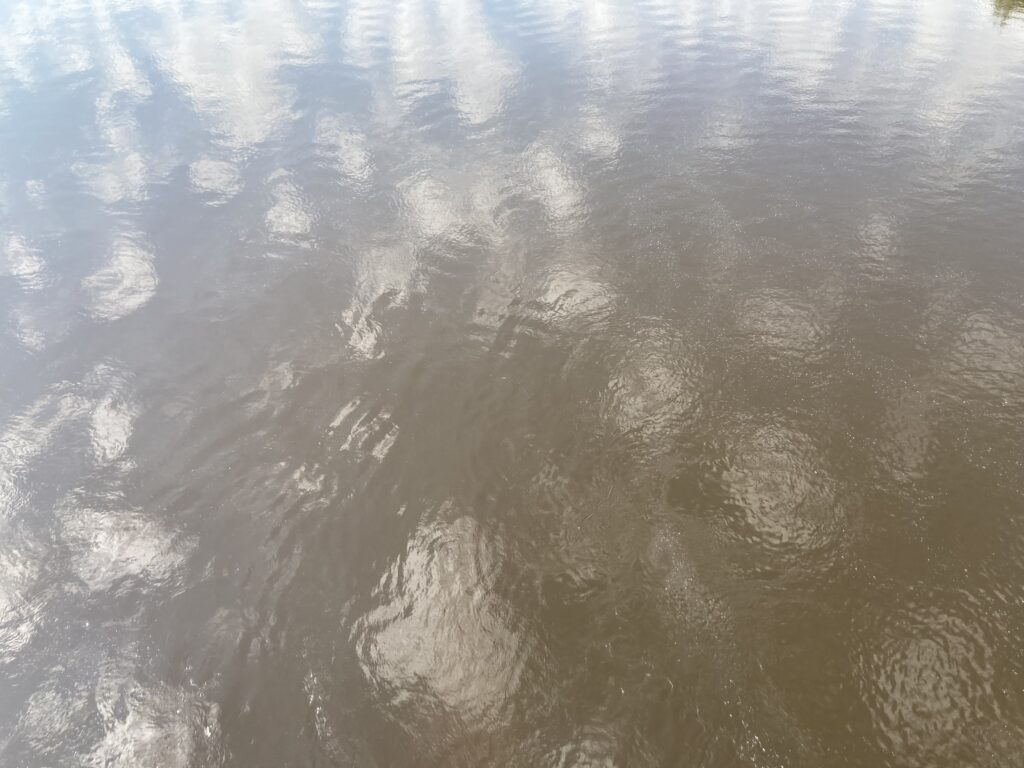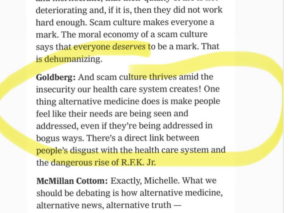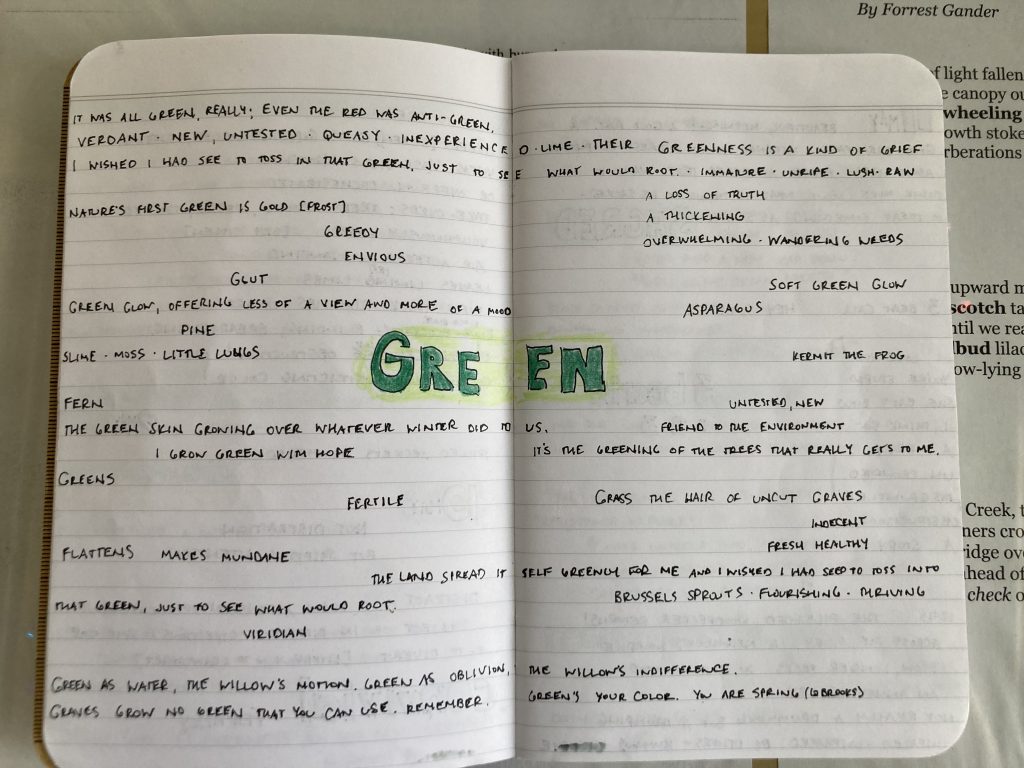note: I’m starting this post at 9:50 am. The temp is 4 degrees / fees like -11. The wind is 11 mph with gusts up to 20 mph. At this point, I’m thinking I will run inside on the treadmill. Will I, or will some part of me convince the rest to run outside?
3.5 miles
ford bridge and back
7 degrees / feels like -10
50% snow-covered
We did it. Good job legs and lungs and heart, you convinced brain that we really needed to be outside this late morning! Almost all of the layers were on: 2 pairs of black running tights; dark gray tank top; green long-sleeved shirt; orange pullover; dark purplish/blueish/grayish pullover with hood; purple jacket; orange striped buff; black fleece cap with ear flaps; black gloves; pink striped gloves; 2 pairs of socks — gray (long) / black (short). At times, I was too warm.
It was wonderful and sometimes hard, especially when I was running into the wind on the way back. It was also bright — glad I had my sunglasses. Encountered someone in orange with their hand up to shield their eyes as they walked south. Saw the round shadow of a street lamp and the jagged shadow of a small tree. Passed a group of four walkers, laughing and yelling and having fun on the double bridge.
Did I think about purple at all? I can’t remember now. The only color I recall noticing was orange.
the purple hour (15th and 16th of feb)
3:38 am / dining room / 15 feb
the heat turnning on, the house shifting settling, my legs restless
purple mountains — in Japan, looking out at the mountains, different shades of purple — fall, 1994
Emily Dickinson purple — sunsets and sunrises
someone shoveling at 4 am
[discussion below added at 10:30 am on 16 feb]
Where Ships of Purple—gently toss — / Emily Dickinson
Where Ships of Purple—gently toss —
On Seas of Daffodil—
Fantastic Sailors—mingle—
And then—the Wharf is still!
F296 (1862) 265
No one does sunsets better than Dickinson. I wonder if Amherst sunsets are still so colorful. Where I’ve lived sunsets are primarily red, pink, and gold, but the ones she describes often have purple. This one does, too. Here she sees great ships, large purple clouds, gently tossing in their moorings. The sea beneath them is tinted golden, “Daffodil,” from the setting sun. The mingling and fantastic sailors are no doubt smaller clouds that move among the larger ship-like ones, their shapes constantly changing. When the sun sets the sky turns dark and “the Wharf is still!”
the prowling bee
The prowling bee has been such a wonderful resource for me. Reading the comments for this poem, there was speculation about why the Amherst sunsets were so brilliant and purple:
Romantic era sunsets WERE particularly vivid, due to volcanic ash from several cataclysmic eruptions worldwide. The Hudson River School artists and their sunsets might not have been hyperbole, after all, nor were ED purple sunsets.
Another commenter doubted this suggestion, so I did a quick search and found a pop science article about a study on sunset paintings and volcanic ash: How Paintings of Sunset Immortalize Past Volcanic Eruptions
Volcanoes can cause some of the world’s most spectacular sunsets. An eruption spews small particles of gas, dust and ash, called aerosols, high into the atmosphere where they can spread around the world. The particles can’t be seen during the day, but about 15 minutes after sunset, when conditions are right, these aerosols can light up the sky in brilliant “afterglows” of pink, purple, red or orange.
The impact of climate/climate disruptions on how we see color? Fascinating. Earlier this morning, while doing my “on this day” practice, I reread my entry from 16 feb 2024. In it, I described a photo I took above the gorge.
The most important thing about this image is how the branches create a net which mimics how my vision often works — I can almost see what’s there, but not quite. Secondary, but connected, is the feeling of being disoriented, off, almost but not quite, untethered, which comes from swirling forms and the climate crisis — there’s almost always snow on tthe ground here in February. Where are my Minnesota winters?
This last bit about climate crisis and lack of snow returns me to the ash in the sky and its effect on how 19th century artists saw and depicted the world. Many places to go with this, for now I’m thinking about how my vision loss (or the making strange of my vision) has enabled me to be more open (than many people with “normal” vision) to understanding vision as complex and not as simple or straightforward as “what you see is what you get.” Does that make sense?
1:50 am / dining room / 16 feb
doorways/thresholds are definitely purple — a deep, dark purple
the air above the gorge: different versions (tints/shades) of purple
purple hums, a soft lavender static in my ears
lachrymose purple
originally wrote violet static, but looked up the color again and thought it was too dark for the static I was hearing in my head
9:46 am / front room / 16 feb
Thought more about violet. Decided to search, “Alice Oswald violet.” Found this beautiful poem:
Violet/ Alice Oswald
Recently fallen, still with wings out,
she spoke her name to summon us to her darkness.
Not wanting to be seen, but not uncurious,
she spoke her name and let her purple deep eye-pupil
be peered into.
‘Violet,’ she said
and showed her heart under its leaf.
Then she leant a little frightened forwards
and picked a hand to pick her.
And her horrified mouseface, sniffed and lifted close,
let its gloom be taken and all the sugar licked off its strangeness
while we all stood there saying, ‘Violet! Violet!’
fingering her blue bruised skin.
Finally she mentioned
the name of her name
which was something so pin-sharp,
in such a last gasp of a previously unknown language,
it could only be spoken as a scent,
it could only be heard as our amazement.
“purple deep eye pupil”: so good!
“the name of her name” — I wrote in my notes: the flower is never one solid, consistent color — the color is an abstraction, a taking one part for the whole, a disconnection — to name a color is to reduce the experience and perception of that color to one thing — colors cannot be fully named
What is lost — in our perception, experience of the world — when we reduce what we see to a fixed color/fixed name?
This question reminds me of something I read in Turning to Stone on the importance of naming yesterday:
The names themselves are, of course, human constructs, but the act of naming requires making distinctions that sharpen the powers of observation.
*
Taxonomy is comforting because it creates a sense of control and finitude in a chaotic and open-ended world.
Turning to Stone / Marcia Bjornerud
Lists! I love lists. My lists aren’t taxonomies, but something else . . .
The proper name of God is a list.
Valentina Izmirlieva in Aster of Ceremonies
Once I get the audiobook of Aster of Ceremonies, I want to put name as taxonomy and control in conversation with JJJJJerome Ellis’ “Liturgy of the Name” and “Benediction.”


